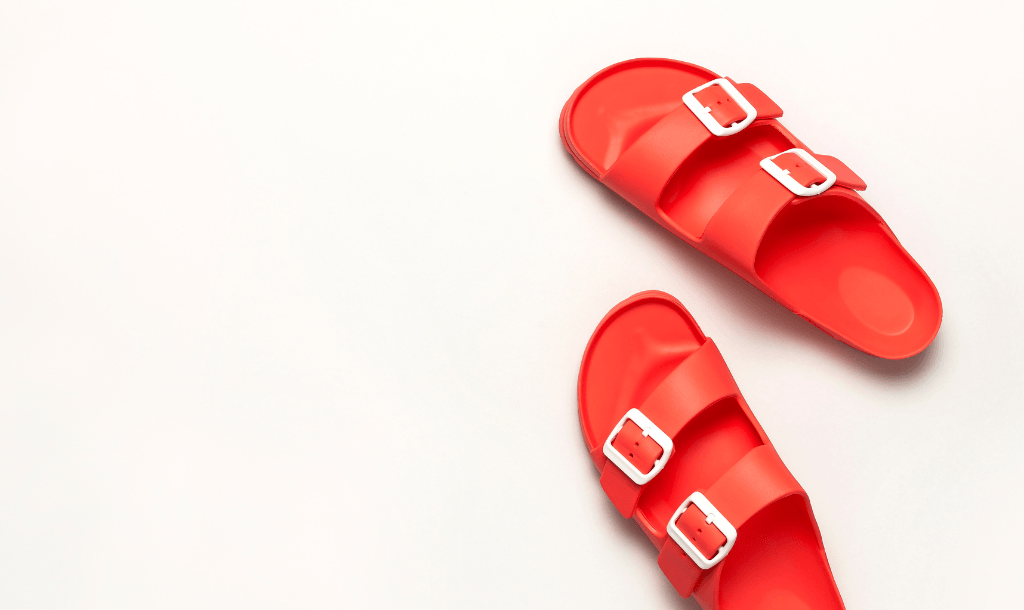IP Australia recently released its annual report on the IP rights it had administered over the 2020 calendar year. For the first time this assessment included time series data, extracted from the modestly named “IPGOD”1 system developed by the, equally modestly named, “Centre for Data Excellence”. Whilst no doubt “data excellence” is intended to be a quantitative accolade, interrogation of the data also reveals qualitative insights into the way COVID-19 has affected IP Australia’s clients and how Australian businesses may have responded to the economic shocks of the COVID crisis.
Patents and designs
In 2020, IP Australia received just over 29,000 standard patent applications. While this is a 2% drop on the previous year, it is still higher than the ten year average, demonstrating an overall trend of increasing filing volumes. However, as the report itself notes, patent filings tend to reflect research and development (R&D) which may have been caried out years earlier. So the full effect of the pandemic on both R&D and associated patenting activity may not show in the figures until 2021 and beyond.
Filings via the PCT increased 1% on the previous year, whereas direct applications (which may be more indicative of domestic R&D) fell 8%. Small and mid-size enterprises continue to account for the majority of those applications (81%) which may explain the reduction in filing activity, especially if research was curtailed or stopped during the lock down periods.
Smart phone and telecommunications companies remain the largest patent filers2 but the statistics also show a significant, and perhaps not unexpected, upswing in pharmaceutical and biotech patent filings (up 21% and 4% respectively) at the expense of organic fine chemistry (-1%) and civil engineering (-12%) filings.
As the report notes:
“The COVID-19 pandemic has generated unprecedented demand for innovations that will help end the crisis or mitigate its costs. These include innovations directed at making public places safer by reducing the likely spread of infection, and digital tools that facilitate more efficient long-distance communication and collaboration. Most critically, studies have shown, the rate of pharmaceutical research on coronavirus vaccines and treatments increased substantially as the pandemic became global in March 2020 and reached an order of magnitude greater than during previous epidemics.”
While the filing of provisional patent applications remained steady (-2% over 2019), innovation patents increased by a whopping 250%, of which non-resident filings increased by 300%! It is possible this can be attributed to the upcoming phase-out of the programme in August 2021.
Applications for designs decreased by 4%, and design registrations were down 11%. Again however, designs in class 24 (medical and laboratory equipment) were up 21%. For the first time New Zealand’s Fisher and Paykel Healthcare3 made the top five of international applicants for designs in Australia4.
Interestingly, applications for designs of toys, tents, sports goods, and games were up 22% which the report attributes to a market response to millions of people in lock-down searching for new forms of entertainment.
Trade Marks
Things get interesting when looking at trade mark filings.
Overall filings were up 8% and registrations up 10%. However, this growth was largely attributable to increased filings by Australian residents (up 17%) with non-resident applications falling by 4%. Small and mid-size enterprises accounted for 94% of those resident applications.
Looking at which classes were covered, the greatest change was in “surgical and medical apparatus” and “pharmaceutical and veterinary preparations” (both up 23%), while “medical and veterinary services” and “transport services” had the biggest declines (of -10% and 9% respectively), reflecting restrictions on travel and the provision of face-to-face services.
Continuing this trend, Amazon and Johnson & Johnson were both new entrants into the top five international applicants, while Australia Blue Moon Hero (whose trade mark filings were mainly related to pharmaceutical and veterinary preparations (including dietary supplements and substances adapted for medical use)) was new at number two in the list of domestic applicants.5
The report specifically notes that soaring trade mark filings during the lockdown periods bucked the historical trend of decreased applications in periods of economic uncertainty.
Three COVID-19 related classes showed particularly strong growth in the second half of 2020:
- Surgical, medical, dental and veterinary apparatus and instruments (class 10) increased by 56%;
- Pharmaceutical and veterinary preparations (class 5) increased by 41%; and
- Non-medicated cosmetics and toiletry preparations (class 3) increased by 36%.
This is reflected internationally with class 10 applications almost doubling in the United States, the United Kingdom and China; and several countries also seeing strong growth for applications in class 5. Anecdotally, New Zealand has also experienced a significant upswing in trade mark applications throughout 2020, with speculation that many of the applicants are individuals who have been made redundant or are working reduced hours, and have explored business ideas that they previously lacked time to develop.
Exporters’ Response to Shocks
The report draws upon earlier research from IP Australia’s Office of the Chief Economist to offer insights into how exporters can build resilience against shocks and seize new market opportunities. It found that the “secret sauce” is trade mark activity, which is an indicator that businesses are more likely to begin exporting.
The report notes6:
- If a business files a trade mark in an export market its likelihood of exporting increases;
- If a business files a second trade mark registration in the export market, it is 25% more likely to export there than a similar business with just one;
- Exporters with over six years of continual activity in an export market, see a 30% increase in export revenue as a result of the additional trade mark;
- For the average exporter, appreciation of the Australian dollar against an export market reduces its likelihood of entering that market and, for incumbent exporters, reduces export revenue. However, after filing a trade mark in the market, that same currency appreciation increases both its entry likelihood and export revenue. On average, given a 10% appreciation of the real exchange rate, the trade mark owner’s entry likelihood increases slightly (by less than one per cent ) but its export revenue increases by up to 40% depending on the number of trade marks filed. That is because, with an appreciation of the Australian dollar, the relative costs of advertising and marketing overseas decrease. Firms with destination-country trade marks are well-positioned to capitalise on the reduced costs of advertising and marketing, as they build and protect their brands.
- Trade mark activity tends to increase the sensitivity of exporters to tariff reductions. For trade mark owners, a reduction in tariffs (from 10 per cent to zero) will induce an increase in export revenue by 71 per cent, more than double the 32 per cent increase for firms without trade marks. For the same tariff reduction, the average exporter’s entry likelihood doubles from a modest 0.12 per cent to 0.25 per cent, but if the firm has recently filed a trade mark in the export market, its entry rate doubles again to 0.53 per cent; and
- After incumbent exporters file a trade mark in a given country reductions in tariffs there also tend to encourage them to diversify their exports.
Of course as Mark Twain sagely opined “Facts are stubborn things but statistics are pliable”. Trade mark activity might simply highlight the businesses that are not only well informed of the protections available in overseas markets, but also have products valuable enough to warrant foreign filings. Unsurprisingly, those businesses are generally well positioned to take advantage of fluctuations in market levers – using greater purchasing power to advertise in foreign jurisdictions when their domestic currency appreciates, and increasing and diversifying export activities when tariffs are reduced. The statistics do correctly reflect that a lack of formal trade mark protection in foreign markets could act as a disincentive to investment in promotion of the brand.
Conclusion
It seems the long-term effects of COVID-19, and the interventions imposed to stop its spread, are yet to manifest. Any decline in domestic R&D is unlikely to be captured in IP Australia’s data until the end of 2021, so it will be another year before we have a reliable assessment of how good (or bad) things are. Early indications show that the reduction in domestic patent applications has been offset by increased international applications related to innovations that will mitigate or alleviate the effects of the pandemic – if they manifest into products or services.
Design applications provide a more tangible measure of productivity, as they demonstrate an intention to produce manufactured products. While filings have increased for certain types of designs, overall filings seem to be an accurate indicator of depressed domestic and overseas manufacturing.
While up overall, trade mark filings can also be speculative, and the significant increase in domestic filings may simply reflect that lockdown, redundancy or reduced work has given people more time to develop their ideas.
Nonetheless, trade marks remain a relatively simple and cost effective tool to protect new product and service offerings. If filing trade marks incentivises investment in domestic and exporting activities then so much the better.
2. Oppo, LG, Huawei, Apple and Qualcomm make up the top five.
3. Which makes, amongst other things, humidification, breathing circuits, and breathing circuits for hospital use.
4. With 75 applications just shy of Apple’s 79.
5. Aristocrat and Pinnacle Liquor remain in the top five showing that even (or perhaps especially) in an International health crisis Australians continue to enjoy drinking and gambling.
6. Information from statistical analysis carried out on Australian business which filed at least one application for a patent, trade mark, design right, or plant breeder’s right in Australia in the period 2004-2017.










